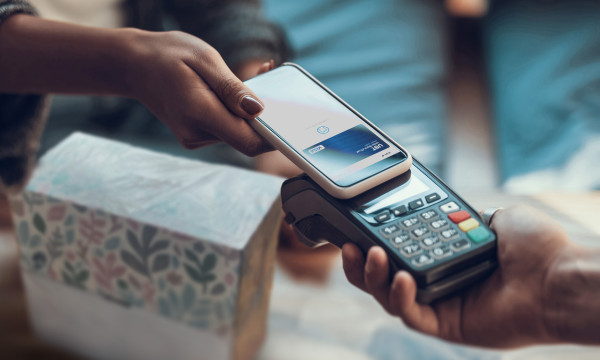Avoiding common credit card pitfalls

There’s no denying the obvious benefits credit cards provide — building credit, earning reward points, and benefiting from fraud protection are a few big ones; plus, you don’t have to carry cash, and it’s easy to track your spending. But using a credit card does put some responsibility on the user, and one must proceed wisely in order to avoid fees and excessive credit card debt (i.e., the stuff that gives credit cards a bad rap). To help you enjoy your credit card more confidently, we’ve rounded up some common credit pitfalls and tips for how to avoid them.
Get familiar with the terms. Just as understanding your card’s rewards system and other features helps you maximize its benefits, understanding the terms can help you avoid surprises — and unwanted fees. Reading and understanding your credit card agreement is the first step toward using the card responsibly, as it spells out everything you need to know about using your credit card: how interest will be applied, the fees you'll be charged and when, and anything that could cause your rate to go up.
Build a budget. While mentioning a spending plan may seem out of place here, budgeting before you begin using your credit card makes total sense. If you know you have more income than expenses, you won’t be tempted to use your credit card to bridge the gap. That makes it easier to make sure your credit card spending never exceeds the amount of money you allocated (which is less than or equal to the amount you can pay off). You can find more advice on budgeting here.
Create an emergency fund. While it’s nice to have a credit card for emergencies, the key is to avoid the card being your only recourse for each unexpected car repair, medical bill, or other surprise expense that pops up. So, if you don’t already have an emergency savings account started, it’s a good idea to start working this cushion into your budget — even starting with $500 can give you a small safety net that can help you avoid relying too heavily on your card in sticky situations.
Track your spending. The easiest way to do this is by signing into your online credit card account regularly to keep tabs on how your charges are adding up. Another great option is to use apps to track spending and set up alerts once you exceed a certain amount. If you stick to what you can afford, and only swipe your credit card for purchases you can repay right away, you shouldn’t have any trouble staying on track.
Set limits. Giving yourself some boundaries can help encourage healthier spending habits, whether it’s limiting the amount you spend each month or limiting the number of cards you carry or use.
Pay it off, if you can. Starting with a zero balance each month eliminates the risk of getting into credit card debt, if you can swing it. If zeroing out each month isn’t feasible, however, it’s perfectly OK to carry a balance — just try to pay off as much as you can each month so that the balance doesn’t get away from you. (And remember: A minimum payment is always better than no payment!)
Pay on time. Staying on track with your credit card payments is one of the best ways to avoid credit card debt. Even a partial payment is better than none; once you miss a payment, your next payment due will be much higher since you'll have to make two payments plus pay the late fee. Just be sure that once you get past a sticky spot, you revisit your budget and tighten up your spending to ensure you don’t find yourself in this position more than once.
Automate your payments. Setting up automatic payments is a smart, easy way to ensure you don’t accidentally miss a payment. You can sign up with your credit card provider to automatically deduct the balance due on your card from your bank account when your statement is ready.
Avoid unnecessary balance transfers. Transferring a balance from a high-interest-rate credit card to one with a lower interest rate can be a smart move to pay off your balance at a lower cost. However, repeatedly transferring balances without paying off a significant portion of the balance can lead to an ever-increasing balance once the transfer fee is added. You’ll want to do the math and consider other options first.
Steer clear of cash advances. If you find yourself in a cash-flow emergency, you might consider taking out a cash advance on your credit card; however, balance transfers are actually one of the most expensive credit card transactions, as there is usually a transaction fee, higher interest rate, and no grace period for avoiding finance charges. So, if you have other options available to you (like that emergency fund we mentioned), it’s usually better to go that route.
Above all, just remember that credit cards are powerful spending tools that should not be used carelessly. With responsible use, you can build your credit, track your spending, protect yourself against fraud, and earn rewards — but it’s up to you to take smart steps to avoid getting in too deep.
Want more expert advice and helpful info on credit cards? Click here.
Learning Center articles, guides, blogs, podcasts, and videos are for informational purposes only and are not an advertisement for a product or service. The accuracy and completeness is not guaranteed and does not constitute legal or tax advice. Please consult with your own tax, legal, and financial advisors.




